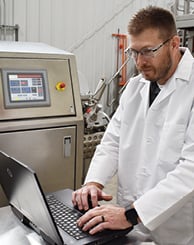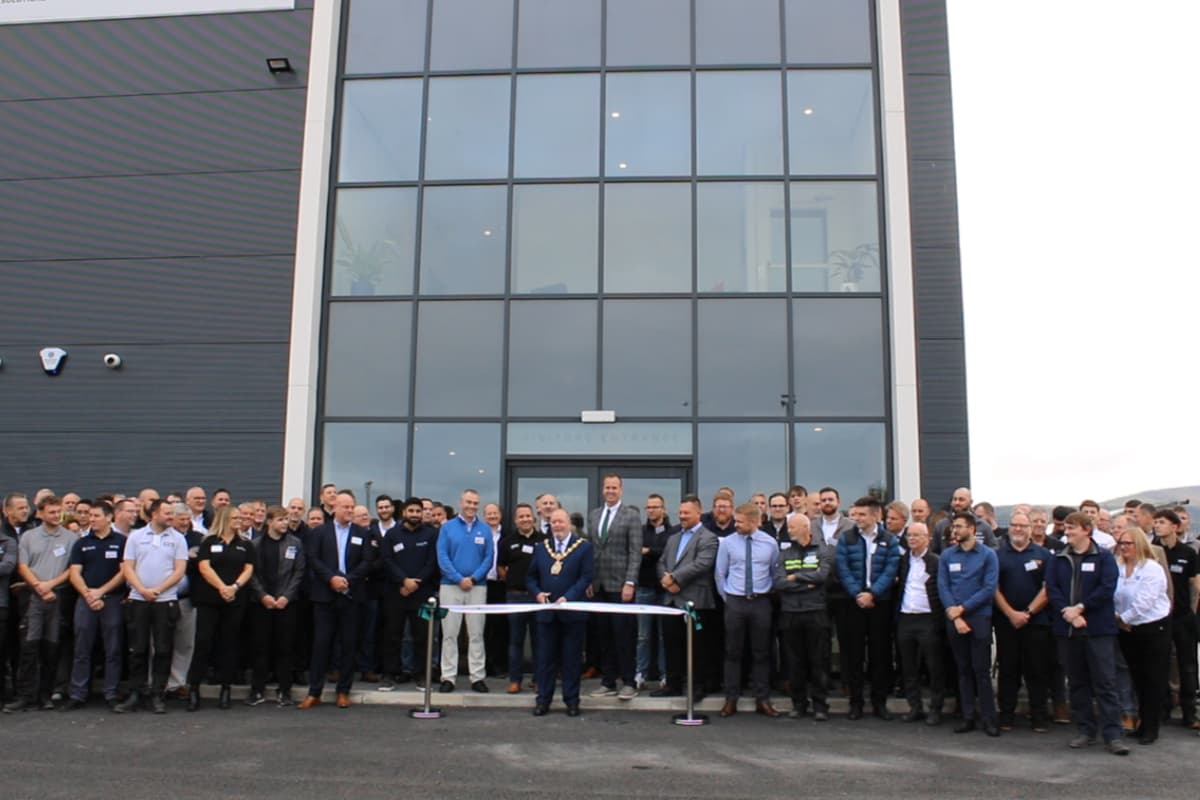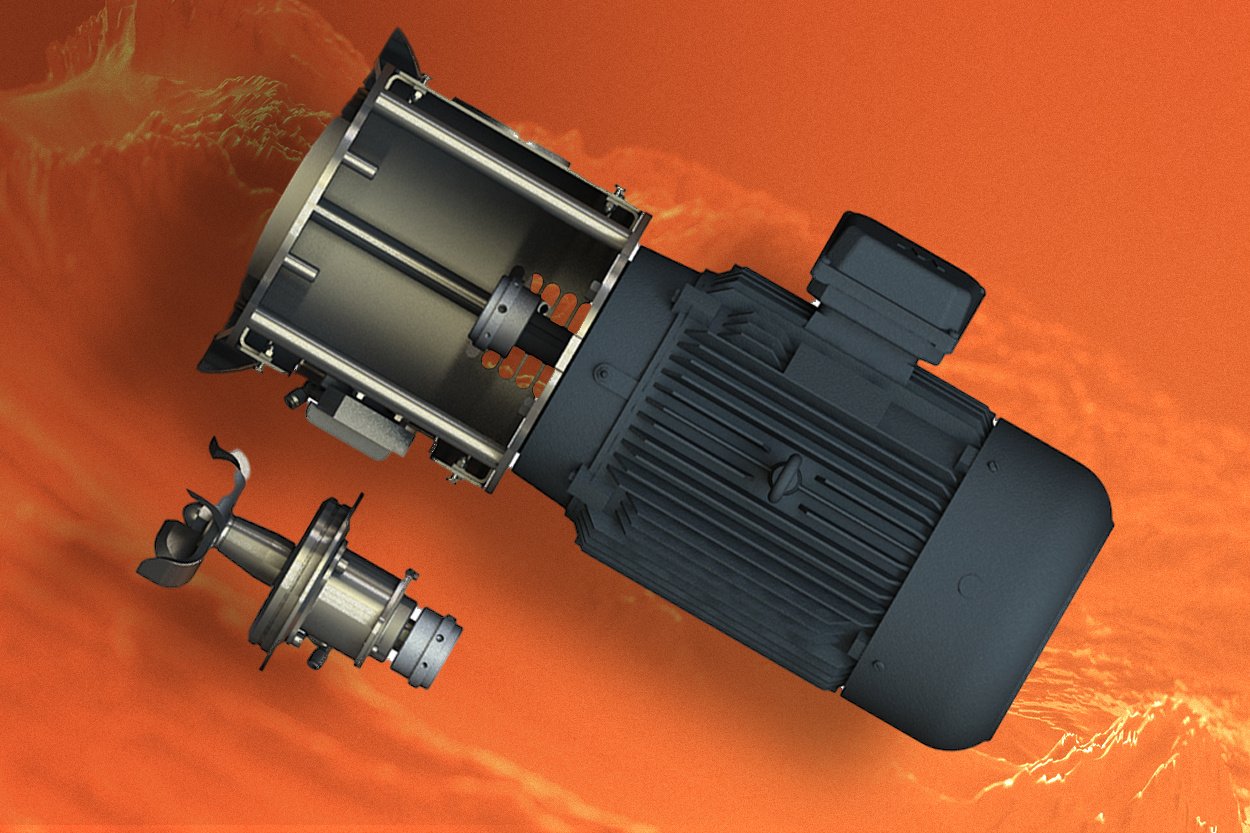6 Advantages of Microwave Drying and Heating Technologies
Indirect heating methods have played an important role in industrial thermal processing for more than a century. Yet increasingly, producers are using industrial microwave technology to replace and/or supplement their existing equipment with secondary drying, allowing them to enjoy a number of benefits. Whether you’re using fluid bed, rotary, spray, tunnel, freeze or flash dryers, it’s worth looking into direct heating with microwave dryers to gain these major competitive advantages:
- Faster processing times
- Higher quality output
- Ability to achieve results that are simply not possible with indirect heating methods
- Smaller footprint and safer operating environment
- Reduced loss of materials
- Flexibility in multiple applications
This article expands on each of these benefits, comparing microwave to other technologies.
Faster Processing Times
 For many applications, microwave technology offers much faster processing times, because it is a direct heating method. Direct heating means the material itself is heated from within rather than indirectly through ambient heat. Direct heating tends to be more cost-efficient, because no energy is wasted through heat transfer surfaces or in the air or fluid around the materials.
For many applications, microwave technology offers much faster processing times, because it is a direct heating method. Direct heating means the material itself is heated from within rather than indirectly through ambient heat. Direct heating tends to be more cost-efficient, because no energy is wasted through heat transfer surfaces or in the air or fluid around the materials.
Microwave also provides significant improvement in processing times over freeze drying in certain applications, with similar or better retention of the quality of the output. Often manufacturers have chosen freeze drying in food because of the retention of color, flavor and nutritional value. However, freeze drying is relatively more labor and time intensive than other methods. Microwave drying technology can achieve similarly impressive results with a much shorter processing time.
Higher Quality Output
For those who are not using freeze drying, the quality of microwave thermal processing may come as a major upgrade to their drying process. Microwave heats at very precise levels, for a number of reasons.
Firstly, microwave heating is applied directly to the material, so the heating is accurate. Similarly, temperature sensors measure the material being heated rather than ambient temperature, meaning the operator is in full control of the operating environment.
Secondly, microwave heating provides the ability to respond immediately to changes. Unlike ovens that need to be heated and cooled over time, temperature modifications can be instantaneous when utilizing microwave. The power applied can be raised or lowered throughout the process. If a deviation from the optimum temperature is detected, the situation can be corrected immediately.
Finally, microwave with agitation technology combines the best of both worlds, ensuring consistency throughout the batch of materials being heated. By creating a fluidized bed of material inside the thermal processor, it’s possible to ensure exceptionally balanced heat distribution even throughout very large batches.
The combination of direct heating, precise control and constant agitation lead to predictable and repeatable high-quality results using microwave. Furthermore, recent technological advances have generated additional benefit with the incorporation of vacuum technology in microwave processing, as discussed in the next section.
Ability to Process Specialized Materials
Recent advances in microwave technology have allowed the combination of microwave, vacuum and agitation to provide a highly controlled, highly consistent process that has been used successfully for thermal processing of specialized materials. Applications have included temperature sensitive foods and food ingredients, nutritional supplements, hemp, calcium carbonate, Cellulose Nanocrystals (CNC), carbon black and even some types of metal powders.
Combining vacuum with microwave technology can reduce the boiling point of sensitive materials. In many of the materials stated above, as well as other pharmaceutical and chemical applications, it has proven possible to heat and dry materials that previously were considered too delicate for industrial thermal processing in bulk. Furthermore, for processing of foods and nutritional supplements, using the vacuum methodology has allowed for low-moisture drying without losing the important color, flavor and nutritional value of the materials. Any manufacturer working with heat-sensitive material or formulas requiring precise heat should be considering this technology today.
Smaller Footprint and Safe Operating Environment
 Industrial microwave technology generally requires a smaller footprint than dryers and thermal processing equipment that use external or indirect heating. Unlike external heating technology, microwave machines don’t heat up or generate excessive radiant heat in the vicinity. Therefore, microwave machinery can be placed near other processing equipment with no fear of damage. Similarly, it’s safe for operators and maintenance personnel to be in close proximity to the equipment.
Industrial microwave technology generally requires a smaller footprint than dryers and thermal processing equipment that use external or indirect heating. Unlike external heating technology, microwave machines don’t heat up or generate excessive radiant heat in the vicinity. Therefore, microwave machinery can be placed near other processing equipment with no fear of damage. Similarly, it’s safe for operators and maintenance personnel to be in close proximity to the equipment.
Reduced Loss of Materials
Material loss can happen for numerous reasons. Sometimes it’s as simple as trying to speed up the batch time by increasing the temperature just a few degrees to process materials faster. Other times, loss of material can be attributed to inconsistent operating temperatures, leaving some of the material to be improperly processed. Also, as mentioned above, indirect heating processes do not typically allow for precise temperature control. Microwave technologies eliminate all of these concerns creating highly consistent results through direct heat transfer.
Flexibility in Multiple Applications
Most major manufacturers today share a concern regarding the flexibility of their industrial equipment to process multiple applications. Thermal processing equipment lasts decades, meaning that it should have the ability to adapt to new materials that come on the market. In industries like food and pharma, applications evolve quickly and it’s important to purchase equipment that will be flexible and adjustable as any industry moves to newer materials.
Generally, a microwave thermal processing machine needs minimal adjustment to be used for multiple types of applications. Microwave is effective in heating, low-temperature and low-moisture drying, solvent removal and microbial reduction. Because of the ease of use, the equipment can adapt to multiple applications, even in the same factory or production line. Using microwave technology provides the peace of mind that the equipment can be easily fitted for new materials, keeping the production line competitive in changing markets.
Conclusion
Industrial microwave technology for thermal processing is applicable in a wide variety of pharmaceutical, chemical, food and packaged goods manufacturing applications. Manufacturers can reduce costs, increase quality and improve the safety in their facilities utilizing microwave either as an upgrade or as a secondary solution to their current thermal processing equipment.
One of the fastest ways to find out if microwave technology is right for you is to test sample applications. Marion Processing Solutions maintains an industry-leading, fully-equipped test lab to provide results with your materials.
To find out more and try a test of your specific application using microwave thermal processing, contact Marion today. And, check out our Thermal Processing Handbook for a full overview of all thermal processing technologies to find the right one for your application.


